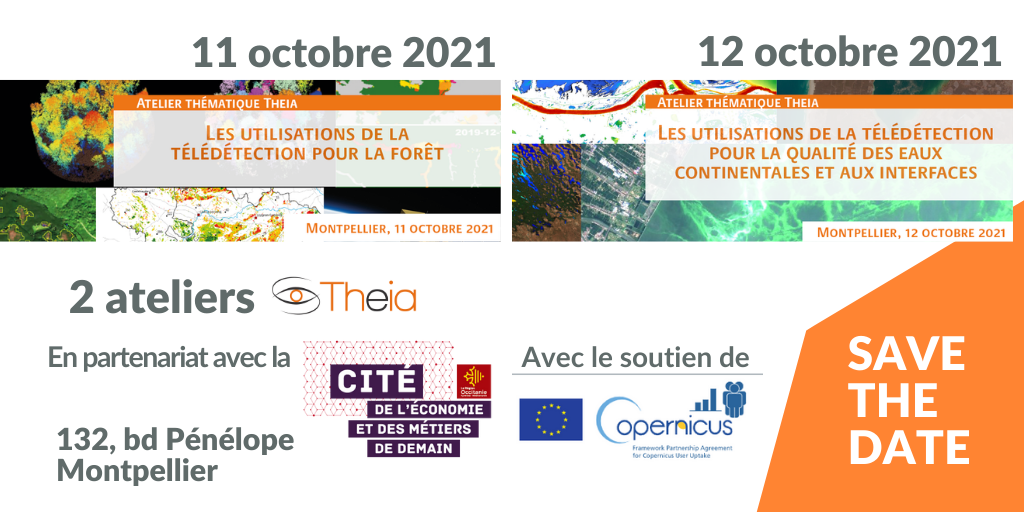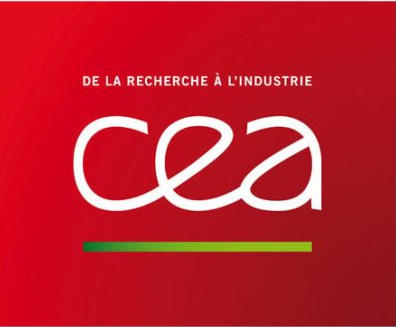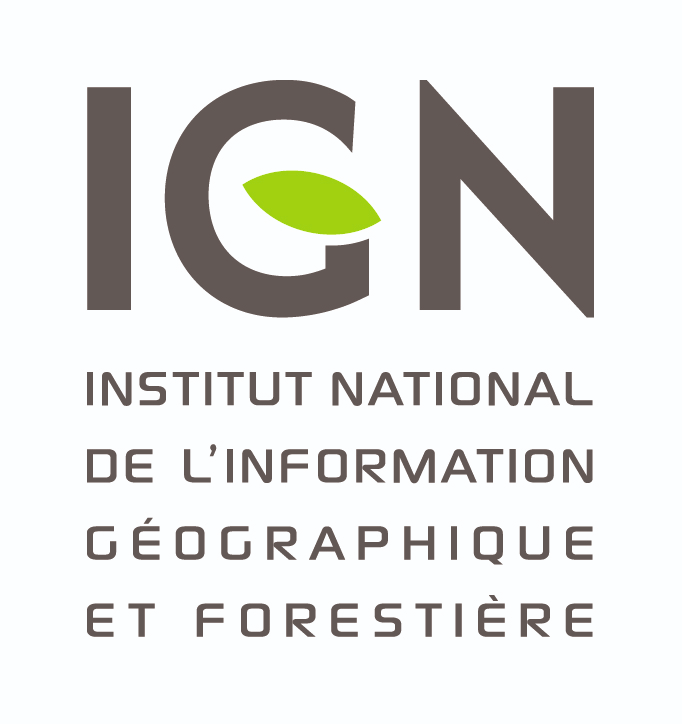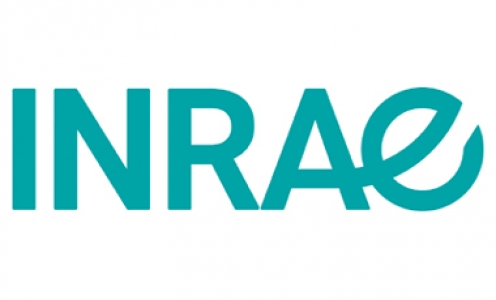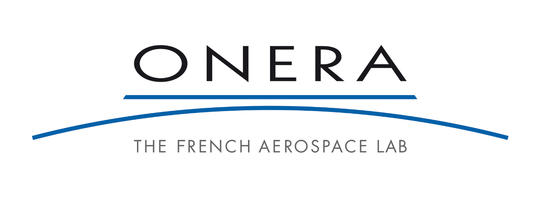BIOMASS CARBON MONITOR, A SITE TO TRACK CARBON SINKS ON A GLOBAL SCALE
On 29 October 2021, the Biomass Carbon Monitor has been launched, proposing the first geospatial platform capable of measuring the role of forests in carbon sequestration by observing changes in biomass.
Kayrros, in partnership with the French National Research Institute for Agriculture, Food and the Environment (INRAE) and the Laboratoire des Sciences du Climat et de l’Environnement (LSCE), has developed this tool based on 30 years of research. The INRAE team involved in Theia Vegetation Optical Depth SEC has contributed to quantifying annual changes in biomass, an indicator for determining the role that forests play in reducing the amount of carbon in the atmosphere.
The Biomass Carbon Monitor data are derived from systematic measurements of microwave emission from land surfaces by the European Space Agency (ESA) SMOS satellite, combined with highly sophisticated algorithms.
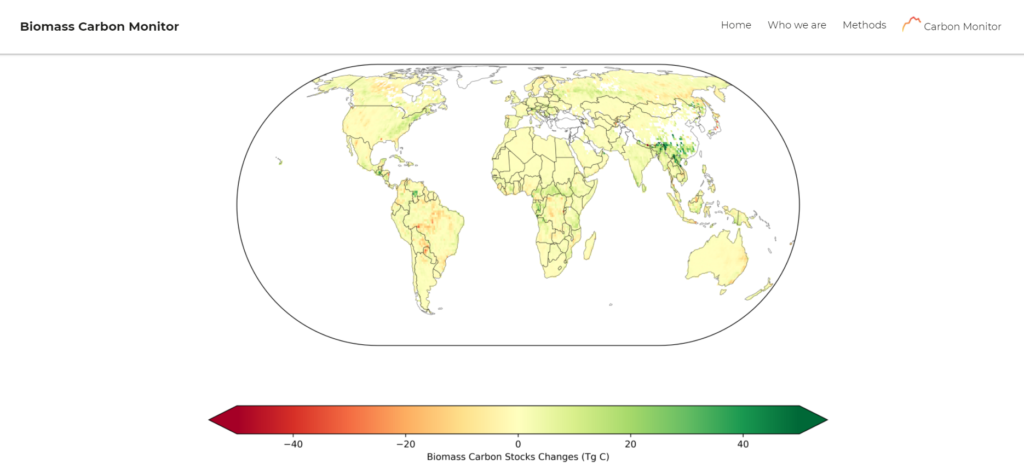
https://carbonstocks.kayrros.com/
Carbon sinks are increasingly in the North
On a global scale, the Biomass Carbon Monitor data document how some regions of the Northern Hemisphere are now storing carbon, while tropical regions affected by deforestation are proving to be emitters. Globally, 760 million tonnes of carbon (Mt) have been removed from the atmosphere each year over the past decade – offsetting nearly 8% of the CO2 emissions associated with fossil fuel consumption and cement production over that period.
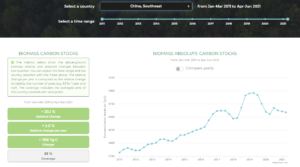
Thus, these data highlight a significant carbon sink in the southern part of China (Yunnan, Sichuan, Chongqing, Guizhou, Guangxi and Guangdong, including Hong Kong and Macao). It represents a gain of about 80 Mt of carbon per year over the last 10 years. Its formation is certainly due to the regrowth of vegetation favoured by public reforestation and restoration programmes, better forest management practices and the reduction of pressure by local populations on woods and forests.
They also identify the role played by the forest areas of western Russia. In the Central, North Caucasus, South Caucasus and Volga federal districts, 100 Mt of carbon were sequestered each year between 2011 and 2020 – more than all the forests in the EU. Declining agricultural land and rising spring temperatures may have encouraged vegetation growth in the region.
The data show that in North America – in the north-eastern, mid-western and south-eastern regions of the US and in the Caribbean – biomass has also increased, removing about 93 Mt of carbon per year over the past ten years.
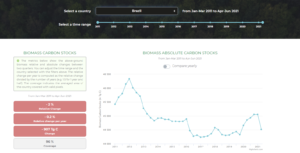
In the tropics, on the other hand, the replacement of carbon-rich primary forests by plantations and forest degradation have led to a decline in carbon storage in this region: Brazil (loss of 40 Mt per year) and Bolivia (loss of 20 Mt per year) are sad examples of this trend.
The Congo Basin (gain of 45 Mt per year) and Southeast Asia (gain of 30 Mt per year) remain, however, carbon sinks.
The Biomass Carbon Monitor has been providing data since 2011, which will be updated four times a year. It provides governments, forest managers, forest protection agencies and citizens with scientifically validated information to track changes in forest carbon stocks and measure losses due to extreme weather events in near real time.




